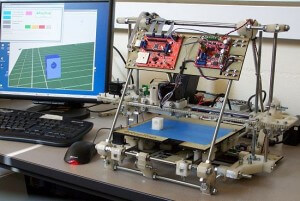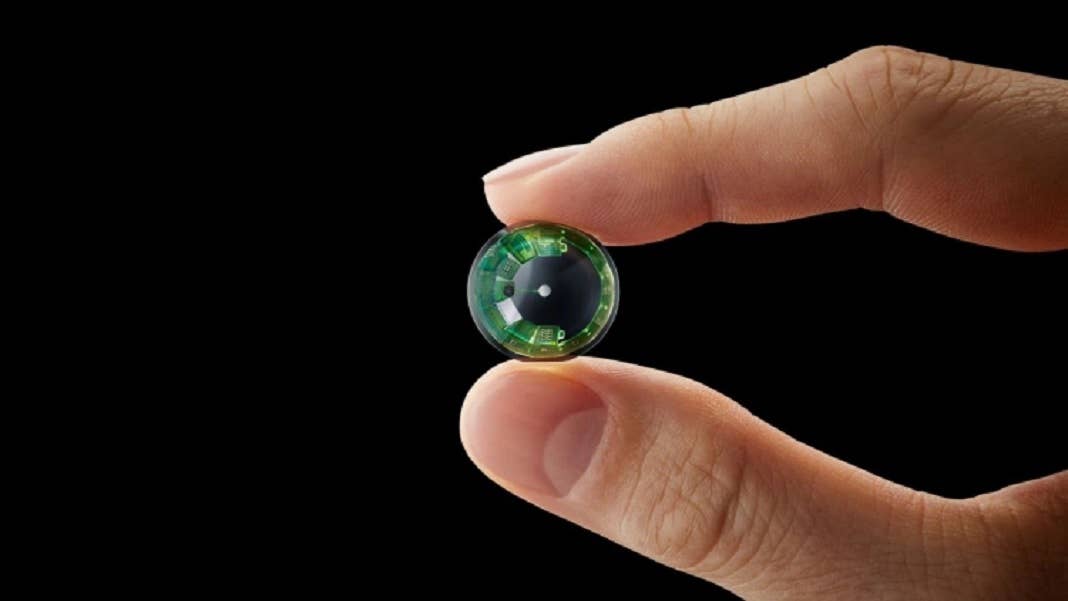The Next Generation of 3D Printer: RepRapII (Video)

Share

Innovators are rarely satisfied with the first draft, even when that draft is revolutionary. RepRap, the open source 3D printer team that hopes to one day develop fully self replicating machines, has released its second generation device. Known as Mendel, the new printer is physically smaller and weighs considerably less than its predecessor (called Darwin) but is also able to create larger objects. The design has also been altered to make it easier to build and less prone to jams. You can find the files to build your own Mendel on Sourceforge. We've got some great RepRap videos for you after the break: Mendel's first piece, an explanation of the improvements in Mendel, and Adrian Bowyer showing the (partially) self replicating factory of RepRap machines.
As we've discussed before, RepRap isn't the only open source 3D printer, and it's not even the only 3D printing team we admire. But, worldwide, RepRap might be the most famous. That fame leads to attracting more users, and more users means more complaints. Which is a good thing. After all, one of the big advantages of open source design is the chance for everyone to pitch in and help improve it. Mendel replacing Darwin is just the first step. Like their namesakes imply, these machines are in a constant state of evolution. Bowyer and the rest of the RepRap user base aren't just aiming for 3D printing perfection, they're also moving towards replication. A machine that can build anything, including itself, will revolutionize manufacturing, the economy, and the world.
Mendel's first print from Rep Rap on Vimeo.
Be Part of the Future
Sign up to receive top stories about groundbreaking technologies and visionary thinkers from SingularityHub.


Mendel's improvements over Darwin from Rep Rap on Vimeo.
Multiple RepRaps from Rep Rap on Vimeo.
Of course, the dream of self replication is still a ways off. While many, if not all, of the plastic pieces in Mendel can be printed on the machine, the metallic support rods, the electronics, and many other components cannot. Darwin boasted 60% of its parts could be created by the device itself, so it will be interesting to see if Mendel's ratio is higher. Hopefully that information will be released soon. In the meantime, go download the designs for Mendel, purchase the approximately £350 in needed parts, and get to printing. The first one to send me a plastic model of Mendel, printed by a Mendel, wins.
[photo credit: RepRap]
[video credits: RepRap via Vimeo]
Related Articles

This Portable Wind Turbine Is the Size of a Water Bottle and Charges Devices in Under an Hour

Mojo Vision’s New Contact Lens Brings Seamless Augmented Reality a Step Closer
The Weird, the Wacky, the Just Plain Cool: Best of CES 2020
What we’re reading